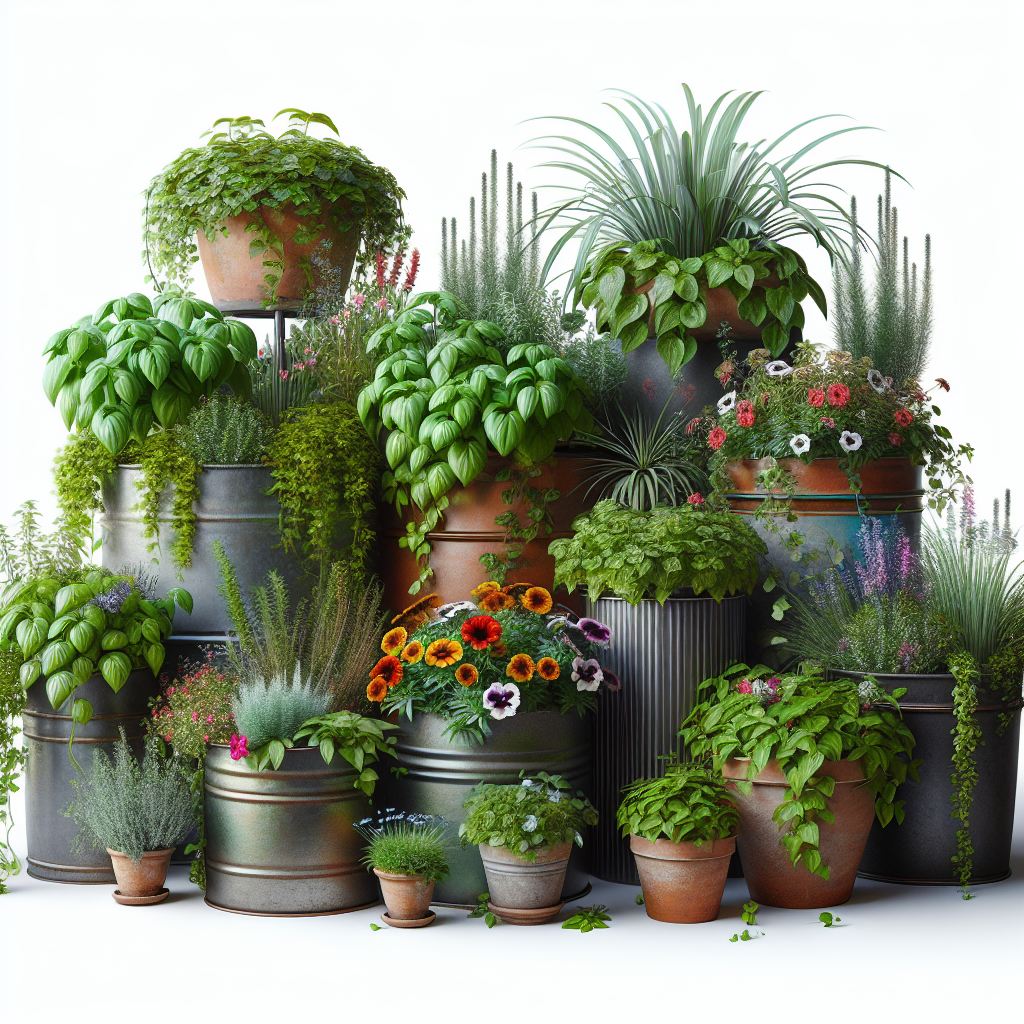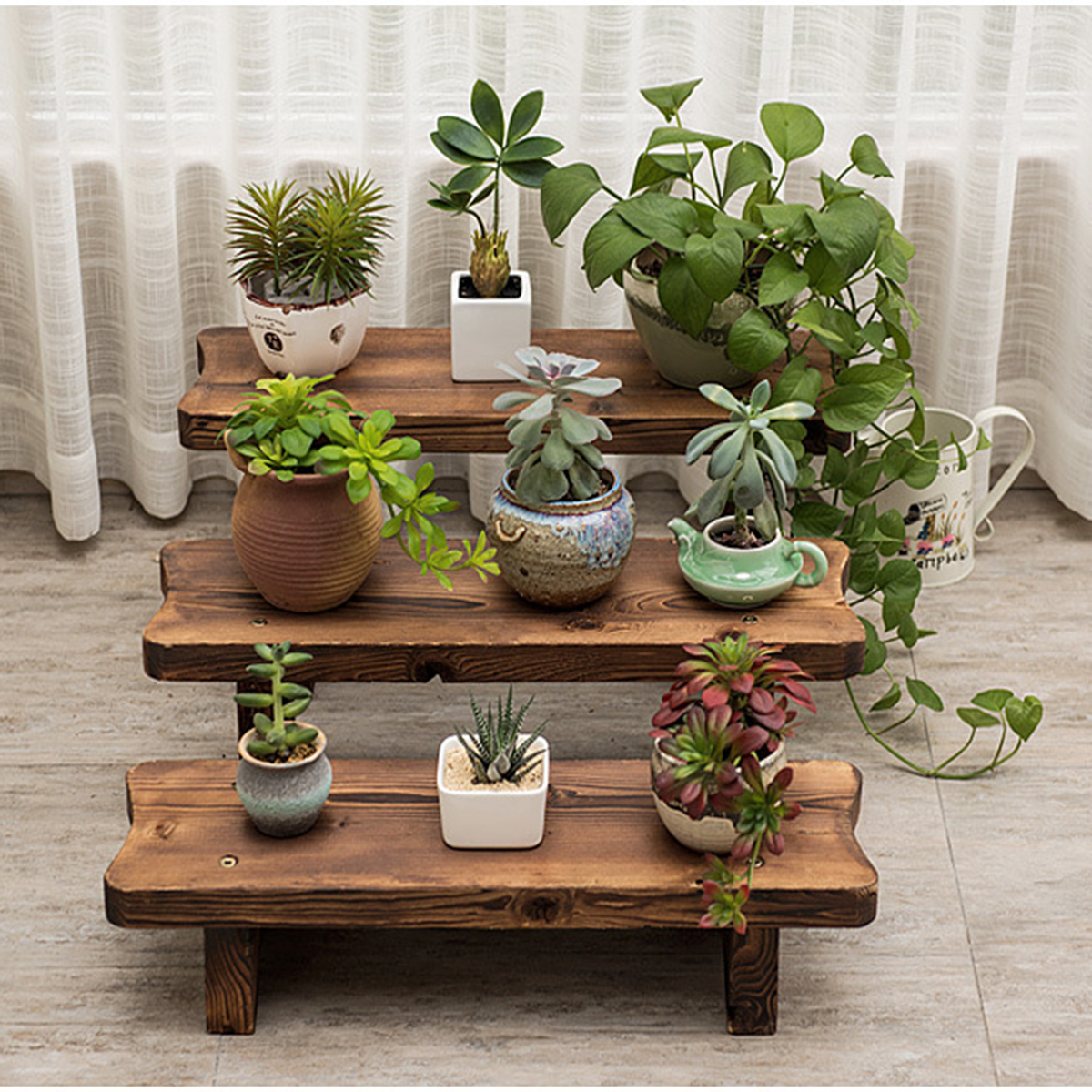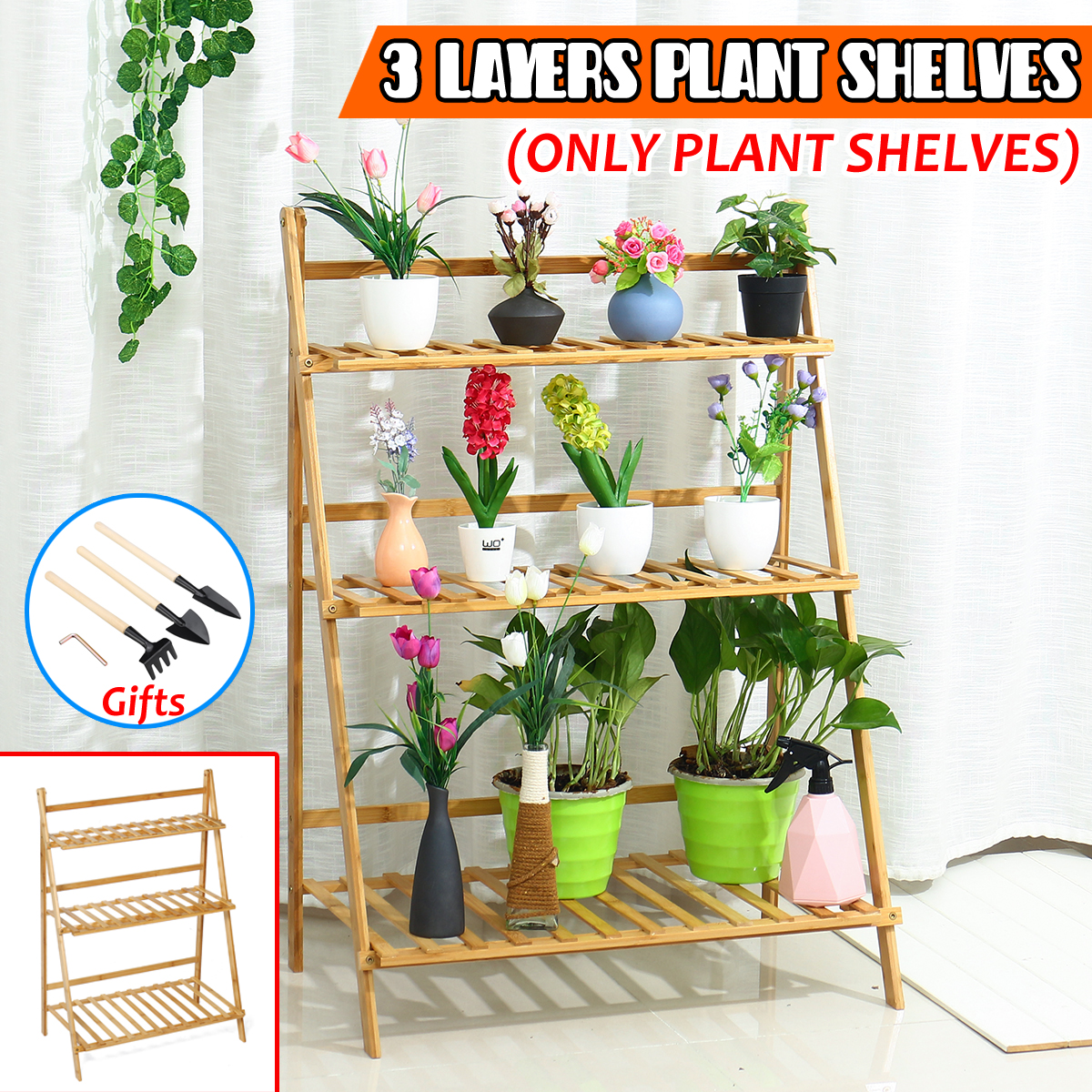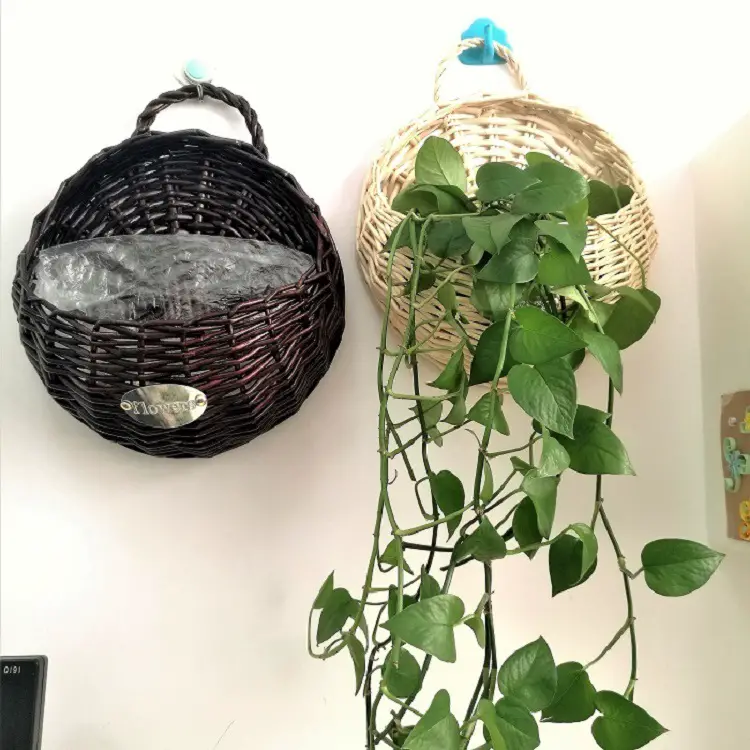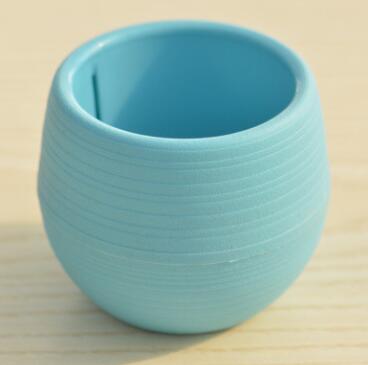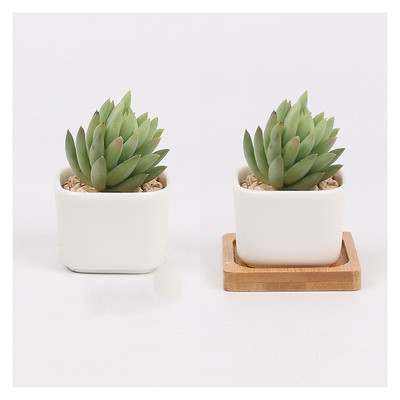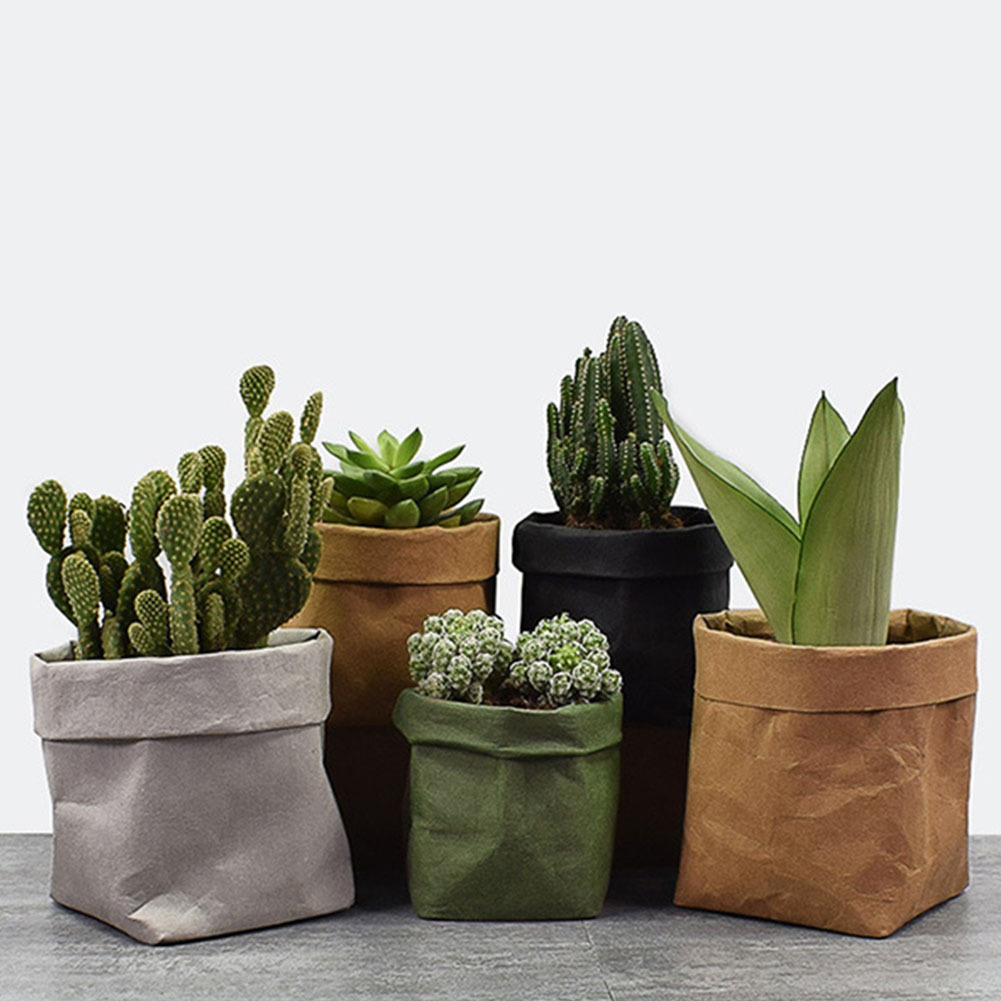Choosing the Right Plants for Your Container Garden
Container gardening is a versatile and rewarding way to cultivate plants in small spaces. Whether you have a modest balcony, a small patio, or an expansive terrace, growing plants in containers allows for mobility, flexibility, and creativity. But, choosing the right plants is crucial to ensure a vibrant and thriving container garden. This article will guide you in selecting the perfect plants for your containers, with hints on how to create intriguing contrasts and potentially even start a grapevine journey as a budding wine enthusiast.
Understanding Your Environment
Before selecting plants for your container garden, it is essential to understand the specific conditions in which they will grow. Consider factors such as:
-
Sunlight:
- Full sun, partial sun, or shade?
- How many hours of direct sunlight do the space receive?
-
Temperature:
- Is the area prone to extreme heat or cold?
- How does it change with the seasons?
-
Wind and Humidity:
- Is the location windy or sheltered?
- Is humidity a factor?
Assessing these conditions will guide you in selecting plants that will flourish in your container garden.
Choosing the Right Containers
Before diving into plant selection, choosing appropriate containers is crucial. Containers must be large enough to accommodate the root system, provide proper drainage, and suit the aesthetic of your environment.
-
Material: Containers can be made from terracotta, plastic, wood, metal, or ceramic. Each material affects drainage and heat retention differently.
-
Size and Shape: Consider the mature size of the plants. Bigger containers can host larger plants or multiple smaller plants, while smaller containers are perfect for compact species.
-
Drainage: Ensure proper drainage to prevent root rot. Consider adding a layer of gravel or using a container with adequate drainage holes.
Selecting Plants for Aesthetic Appeal
When planning your container garden, consider the aesthetic effect you wish to achieve. A harmonious garden is not only about choosing plants that thrive together but also creating visual beauty through contrasts and complements.
Onions and Ferns: Creating Beautiful Contrasts in Container Gardens
Onions, with their upright and linear leaves, can create striking contrasts when paired with feathery, lush ferns. Here’s how you can create a captivating scene:
-
Complementary Textures: Onions offer sleek, vertical lines, while ferns contribute a sweeping, feathery texture. This contrasting partnership can add visual interest and dynamic tension to any container.
-
Shade and Sunlight Compatibility: While onions require lots of sunlight, some ferns can adapt to partial sun, making them a versatile choice that complements other sun-loving plants.
-
Care Considerations: Both onions and container-friendly ferns like Boston ferns or Dixie wood ferns are relatively easy to maintain, making them excellent choices for beginners.
Edible Choices for Container Gardens
For those intrigued by the idea of growing their own food, container gardening allows you to cultivate vegetables and herbs, even in limited spaces.
-
Herbs: Basil, parsley, mint, and rosemary adapt well to container gardening. They are low maintenance and offer the added benefit of flavoring your culinary creations.
-
Vegetables: Carrots, radishes, lettuce, and peppers are great choices for containers. Ensure your containers are deep enough to accommodate their root systems.
Introducing Fruit into Your Container Garden
Fruits can also be part of your container garden. Dwarf or compact fruit varieties are particularly suited for small spaces.
-
Strawberries: Choose from varieties specifically developed for containers, such as Alpine or Everbearing strawberries.
-
Citrus Trees: Dwarf lemon or lime trees can thrive in pots, offering both aesthetic beauty and delicious fruit.
-
Tomatoes and Peppers: Technically vegetables, but often treated as complementary edible plants, these can also thrive in sunlight-rich conditions in containers.
Grapevines and Wine: Where Do Wine Enthusiasts Start?
For those interested in both container gardening and wine, growing grapevines can be a rewarding choice. While full vineyards may not be possible, container-grown grapevines can be a unique and fruitful endeavor.
-
Choosing the Right Grape Varieties: Start with cold-hardy and disease-resistant varieties, such as Concord or Valiant, which can thrive in containers.
-
Container Selection for Grapevines: Large containers are needed to support the extensive root systems and potential growth of grapevines.
-
Pest Considerations: Container grapevines can attract pests such as aphids and spider mites. Regular inspections and appropriate pest management are essential.
-
Potential for Home Wine-Making: While growing enough grapes for bottling may require more substantial space than a typical container garden, the experience can be a fascinating introduction to wine-making.
Maintenance Tips for Thriving Container Gardens
-
Watering: Containers dry out faster than garden beds. Regular watering is crucial, especially in hotter months.
-
Fertilizing: Use slow-release fertilizers to provide nutrients without overwhelming the plants.
-
Pruning and Deadheading: Regular pruning and deadheading encourage healthier plants and prolonged blooming.
-
Rotate Plants: If possible, rotate your containers to ensure even sunlight exposure and avoid wind damage.
Creating a Balanced Ecosystem
Integrating various plant types within your container garden can also benefit pollinators and promote a healthy ecosystem.
-
Pollinator-Friendly Plants: Include flowering plants to attract bees, butterflies, and other beneficial insects.
-
Companion Planting: Group plants with mutually beneficial relationships. For example, planting basil with tomatoes can enhance flavor and deter pests.
Final Thoughts on Container Gardening
Container gardening is more than a practical gardening method; it’s a creative outlet and an opportunity to personalize your green space. Whether blending onions with ferns, experimenting with grapevines, or cultivating tiny herbs and vegetables, your container garden can be a dynamic expression of your gardening aspirations.
By carefully selecting plants based on environmental compatibility and personal preference, you can create a breathtaking and productive container garden that enhances your outdoor lifestyle.
Conclusion
Choosing the right plants for your container garden involves a combination of environmental understanding, aesthetic vision, and practical gardening techniques. Whether you are creating contrasts with onions and ferns, exploring the wonders of grapevines for wine-making, or cultivating a mini herb garden, the possibilities are endless. With thoughtful planning and consistent care, your container garden can offer beauty, flavor, and joy throughout the seasons.


